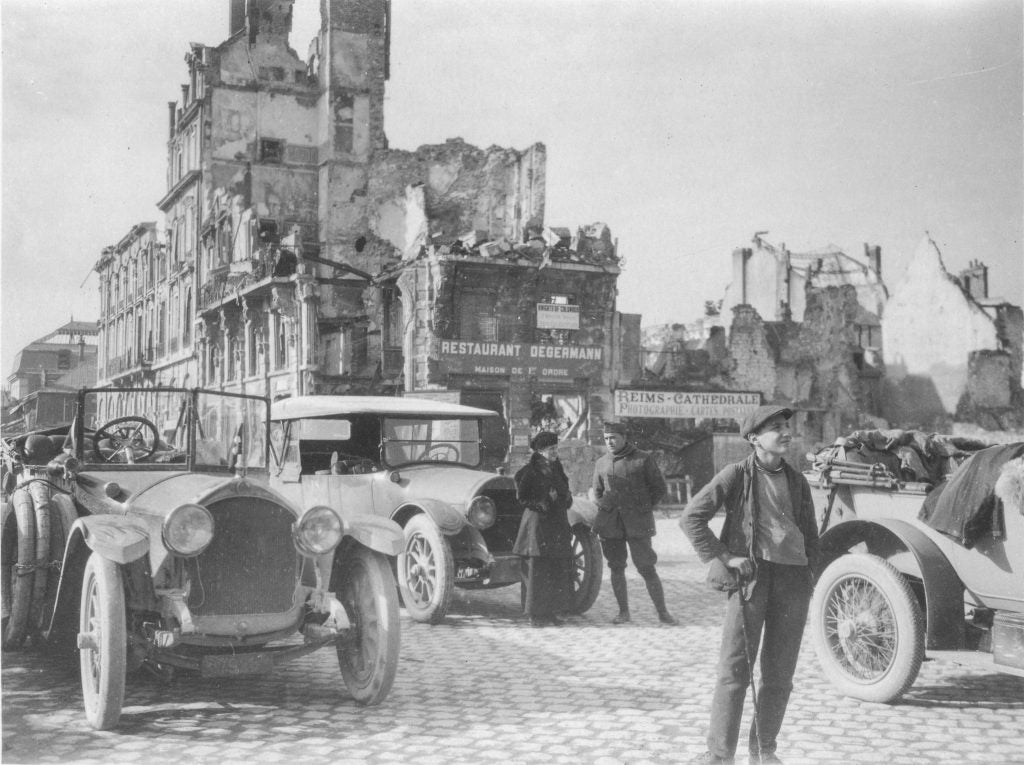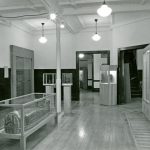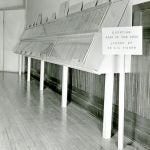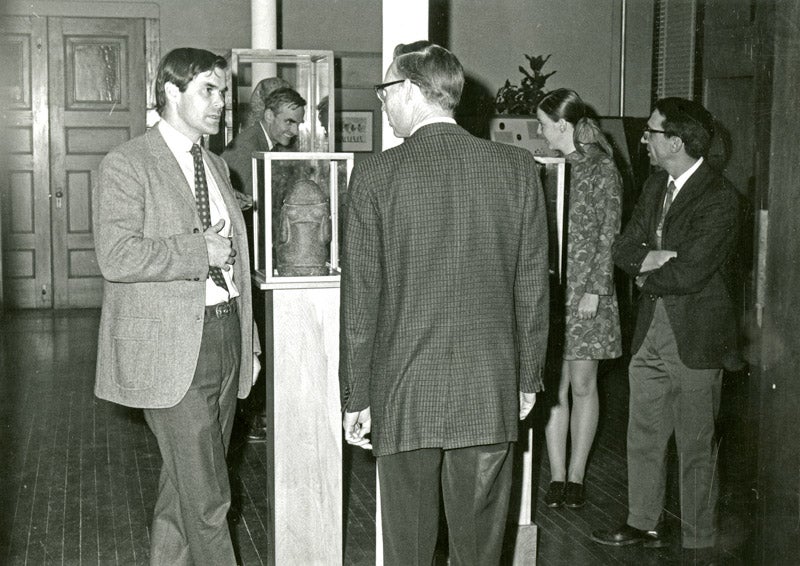From the Archives #69
By Sebastián Encina, Collections Manager
This summer we celebrated the birthdays of three figures who played a crucial role in the early days of what would become the Kelsey Museum of Archaeology. In May we celebrated Francis W. Kelsey, namesake of the museum. June gave us the birthday of his son, Easton T. Kelsey, who accompanied Francis on his expeditions and has a collection of photographs in the archives. And in July we observed the birthday of George R. Swain, primary photographer for the University of Michigan in the early 1900s. These three provided a great deal of materials and inspiration for the Kelsey Museum, and their work is often cited to this day.
We want to continue the summer birthday theme, and turn our attention to another important individual in the history of the Kelsey Museum. On 6 August 1862, the world was introduced to Mary Isabelle Badger. Twenty-four years later, on 22 December 1886 in Niles, Michigan, Isabelle married Francis Willey Kelsey. They went on to have a long marriage that saw the birth of three children—Ruth, Charlotte, and Easton.
Much of what we know about Isabelle Kelsey comes to us from John Pedley’s 2012 book, The Life and Work of Francis Willey Kelsey: Archaeology, Antiquity, and the Arts. We know she was born to a family in Niles, Michigan, and that her father was a businessman in the area. She enrolled in Lake Forest University, where she met young Francis Kelsey, who had just joined the faculty. Isabelle was interested in antiquities, writing about Livy and Roman art. She contributed to the Lake Forest Review on her studies, but also on topics such as Chinese immigration.
We know that throughout his career, busy as he was, Francis Kelsey remained a devoted family man. The archives are littered with his daily letters to Isabelle while he was traveling. And he made time for his children as well. Isabelle and Francis encouraged the children to read (Pedley lists examples such as the Bible, Iliad, Odyssey, and popular current books such as Little Women and Black Beauty), enjoy music, and take part in theater productions.
For this month’s “From the Archives,” we present a selection of photographs from the Kelsey archives showing Isabelle Kelsey on her voyages with Francis and team. Francis did not travel alone, as we have seen him travel with family and friends, particularly on the voyage to Europe, Asia, and Africa following the conclusion of the Great War in 1919. In this collection of photographs, we see Isabelle in a variety of locations. She is seen taking in the Great Pyramids in Egypt, traveling by mule and donkey, and taking in the sights of the sites they visited. We have already seen many stops along this journey, from England to France to Belgium to Turkey to Palestine to Egypt. And then they returned back to England after a long year of travel.
It is not hard to imagine that on these trips Francis relied on Isabelle and had a great many conversations about what they saw, what they were planning, and future work. Though the Kelsey Museum does not currently contain any of Isabelle’s work, we do know that she was a curious, intelligent, and engaged person.
Mary Isabelle Kelsey died on 3 July 1944, 17 years after the passing of her husband. She left behind her three children and several grandchildren. The Kelsey Museum owes much to her and her presence, as she was a champion of Francis and his work. Happy birthday, Mary Isabelle.




the right.” St. Paul’s School at Tarsus, Turkey, Tarsus. January 2 1920. Photo by George Swain. KS066.07.









From the Archives #69 Read More »

 We are pleased to welcome Mallory Bower as the Kelsey’s new executive assistant and social media coordinator. Mallory received her BA in history and chemistry from Albion College and her BS in heritage administration and museum practice from Eastern Michigan University. She comes to us from the Michigan Historic Preservation Network, where for the past three years she has developed and evaluated programs and implemented social media policies and campaigns.
We are pleased to welcome Mallory Bower as the Kelsey’s new executive assistant and social media coordinator. Mallory received her BA in history and chemistry from Albion College and her BS in heritage administration and museum practice from Eastern Michigan University. She comes to us from the Michigan Historic Preservation Network, where for the past three years she has developed and evaluated programs and implemented social media policies and campaigns.

























































